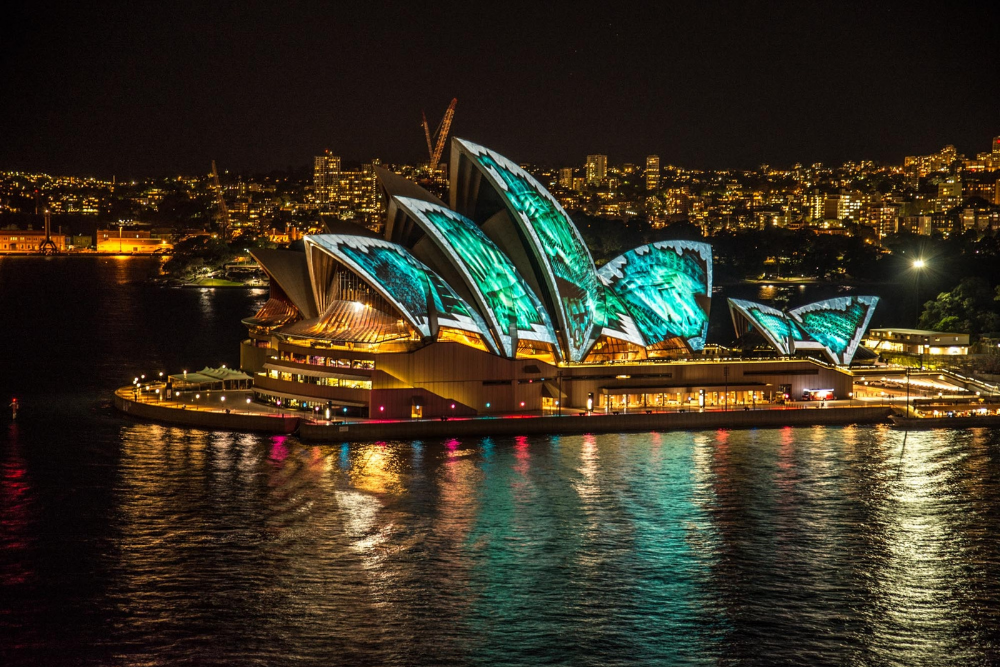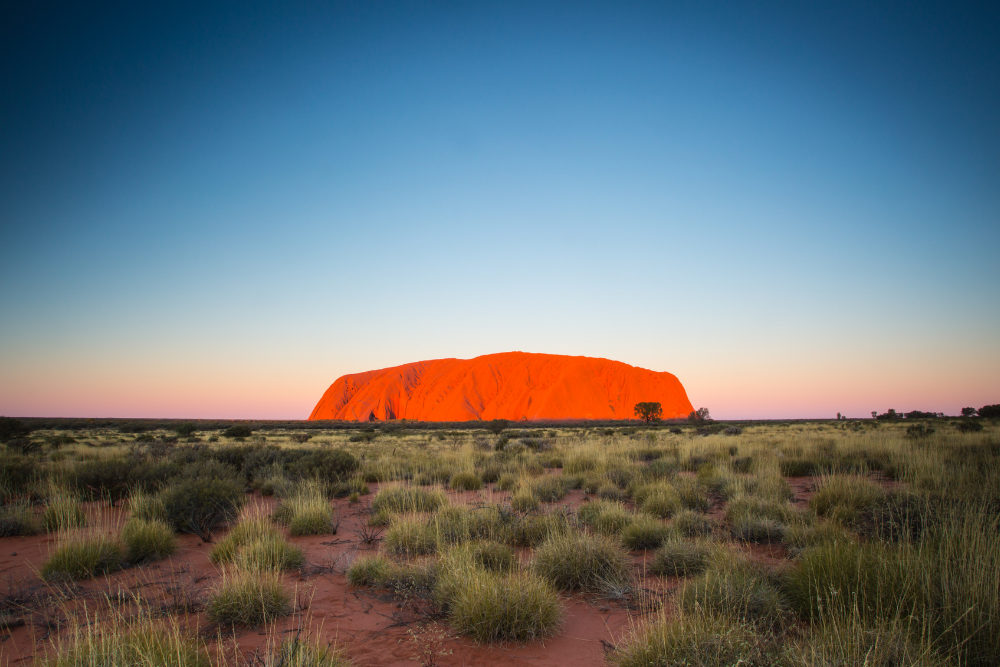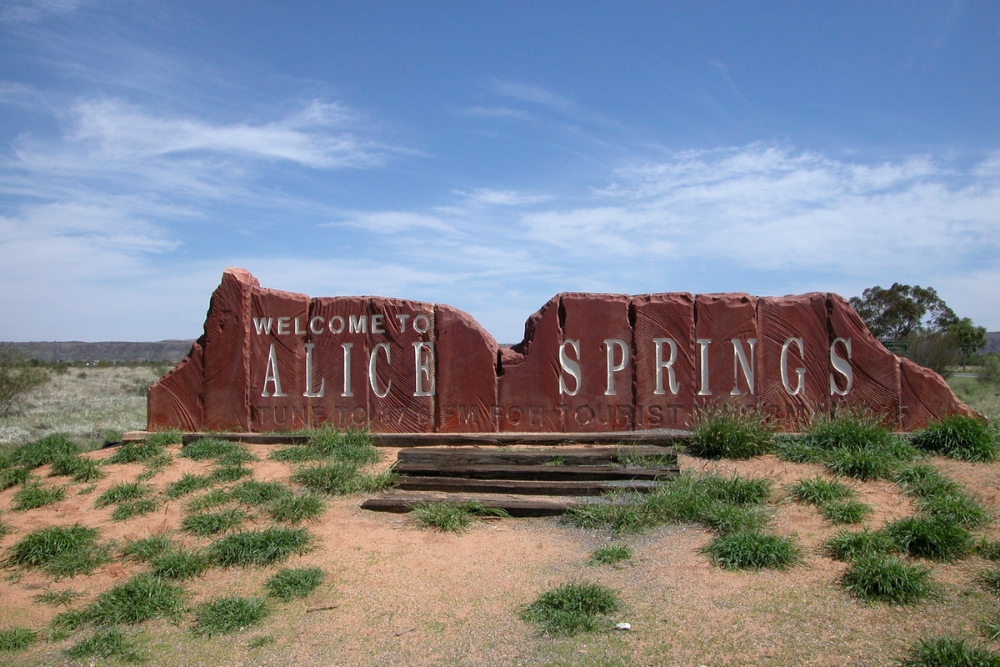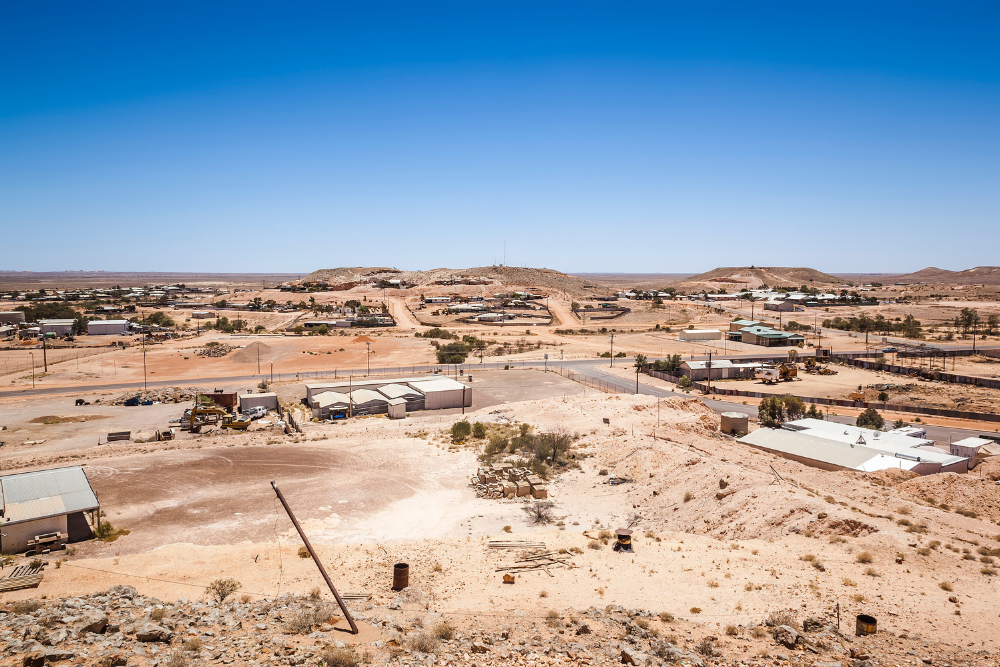The Australian Outback is one of the world’s most remote and awe-inspiring regions, and it offers some of the best stargazing opportunities on the planet. With its vast, open spaces, clear skies, and minimal light pollution, the Outback provides an unparalleled opportunity to witness the starry night sky in all its glory. Whether you’re an avid astronomer, a first-time stargazer, or someone simply seeking a serene, otherworldly experience, the Australian Outback is a stargazing haven.
In this guide, we’ll take you through some of the best stargazing spots in the Outback, along with tips for making the most of your celestial adventure.
Why the Australian Outback is Perfect for Stargazing
The Australian Outback is uniquely suited for stargazing due to several factors:
- Minimal Light Pollution: The Outback is vast and sparsely populated, with little to no artificial light, making it an ideal location for clear, unobstructed views of the night sky.
- Clear Skies: The region is known for its dry climate, with clear skies for much of the year. The low humidity levels contribute to the clarity of the air, allowing stargazers to see distant celestial bodies with exceptional sharpness.
- Vast Horizons: The Outback’s wide-open spaces mean that stargazers can enjoy an uninterrupted view of the milky way, constellations, meteor showers, and other astronomical phenomena from horizon to horizon.
- Unforgettable Nightscapes: The combination of stunning landscapes and brilliant night skies creates a unique stargazing experience. From the red deserts to the rock formations and mountain ranges, the scenery is as much a part of the experience as the stars themselves.
Top Stargazing Spots in the Australian Outback
Here are some of the best locations in the Australian Outback where you can immerse yourself in the night sky and witness a celestial show like no other.
1. Uluru (Ayers Rock) – Northern Territory
Uluru, one of Australia’s most iconic landmarks, is also one of the best places in the world for stargazing. Located in the heart of the Red Centre, Uluru is surrounded by some of the clearest skies on Earth, making it an ideal destination for star lovers.
Why Stargaze Here:
- Dark Sky Reserve: Uluru and the surrounding Kata Tjuta National Park are part of a designated International Dark Sky area, ensuring minimal light pollution.
- The Milky Way: At night, the Milky Way is visible in all its glory, stretching across the sky above Uluru. The vast desert landscape and the rock formations create a dramatic backdrop to the starry sky.
- Field of Light: After sunset, Uluru is also home to the Field of Light art installation by Bruce Munro, where 50,000 spindles of light illuminate the desert floor. This adds another layer of magic to the experience.
Best Time to Visit:
Late spring to early autumn (May to October) offers clear skies and milder temperatures, perfect for stargazing.
2. Alice Springs – Northern Territory
The central desert town of Alice Springs is a gateway to the MacDonnell Ranges and a fantastic location for stargazing. Surrounded by rugged landscapes, the town is known for its wide, unpolluted skies and expansive views.
Why Stargaze Here:
- Desert Skies: Alice Springs offers clear, dry air and very little light pollution, making it a prime location for viewing constellations such as the Southern Cross and Centaurus.
- Astronomical Tours: Several companies in Alice Springs offer stargazing tours, including visits to the Alice Springs Desert Park, where you can use telescopes to view distant galaxies, star clusters, and planets.
- The Earth Sanctuary: Just outside Alice Springs, the Earth Sanctuary offers a stargazing experience, with a knowledgeable guide to help identify constellations and planets.
Best Time to Visit:
The cooler months (April to September) are ideal for stargazing in Alice Springs.
3. The Flinders Ranges – South Australia
Located in South Australia, the Flinders Ranges are a stunning mountain range and a great location for stargazing. The area is known for its rugged landscapes, ancient geological formations, and pristine skies.
Why Stargaze Here:
- Wilpena Pound: The famous Wilpena Pound is a natural amphitheater surrounded by the Flinders Ranges, providing breathtaking views of the night sky.
- Dark Sky Reserve: The Flinders Ranges National Park is an accredited Dark Sky Reserve, ensuring minimal light pollution and optimal conditions for stargazing.
- Rich Aboriginal Culture: The region is also significant in Aboriginal culture, with the Adnyamathanha people viewing the stars as a source of spiritual guidance. Stargazing here is a chance to connect with both the natural and cultural heritage of the area.
Best Time to Visit:
Winter (June to August) offers clear skies and crisp, cool nights, perfect for stargazing in the Flinders Ranges.
4. The Kimberley – Western Australia
The remote and breathtaking Kimberley region in Western Australia is another stargazing paradise. Known for its dramatic landscapes, including rugged coastlines, ancient gorges, and expansive savannah, the Kimberley offers clear, expansive night skies.
Why Stargaze Here:
- Clear Skies: The Kimberley region experiences dry weather and little light pollution, making it an excellent location to see the Southern Cross and other southern constellations.
- Bungle Bungles: The Bungle Bungles in Purnululu National Park are a striking series of beehive-shaped rock formations, and at night, the stars seem to come alive above them.
- Broome: In the coastal town of Broome, visitors can enjoy stargazing with the backdrop of Cable Beach, a beautiful setting to see constellations and planets.
Best Time to Visit:
The best time to visit the Kimberley for stargazing is during the dry season, from May to October, when the weather is pleasant and the skies are clear.
5. West MacDonnell Ranges – Northern Territory
The West MacDonnell Ranges near Alice Springs offers some of the best stargazing opportunities in the heart of the Red Centre. These ranges are a series of mountain ridges, valleys, and gorges, and the area is known for its remote beauty and low light pollution.
Why Stargaze Here:
- Remote Location: The West MacDonnell Ranges are far from the lights of Alice Springs, making for pristine stargazing conditions.
- Popular Stargazing Locations: Key locations like Simpsons Gap, Standley Chasm, and Glen Helen Gorge offer quiet spots for observing the stars and planets.
- Astronomical Tours: The area is also home to several stargazing experiences, including nocturnal tours of the landscape, where guides point out constellations and celestial phenomena.
Best Time to Visit:
Late autumn to early spring (April to September) provides the best weather and visibility for stargazing.
6. Coober Pedy – South Australia
Known for its underground homes and opal mines, Coober Pedy in South Australia offers a truly unique stargazing experience. This remote town is one of the most isolated places in Australia, and its lack of light pollution makes it ideal for observing the stars.
Why Stargaze Here:
- Unobstructed Views: Coober Pedy’s barren, desert-like landscape allows for panoramic views of the night sky, with virtually no light interference.
- Underground Living: Stay in an underground hotel and experience stargazing from a place where the desert heat is kept at bay, and the sky above seems even more magnificent.
- Astronomical Tours: Local guides offer stargazing tours that include telescope views of planets, nebulae, and distant galaxies.
Best Time to Visit:
Visit during the cooler months (April to September) for the most comfortable stargazing experience.
Tips for Stargazing in the Outback
- Dress for the Weather: Even in summer, nights in the Outback can be surprisingly cold, so bring warm clothes for nighttime stargazing.
- Bring a Telescope or Binoculars: While the naked eye offers spectacular views, a telescope or binoculars can help you spot more distant stars, planets, and constellations.
- Avoid Using White Light: Use a red torch or headlamp to preserve your night vision when setting up or navigating around at night.
- Check the Moon Phases: For the best stargazing experience, try to plan your visit around the new moon, when the sky will be darkest.
Conclusion
The Australian Outback is a stargazer’s dream, offering some of the clearest, most breathtaking views of the night sky in the world. From the iconic Uluru and Kata Tjuta to the remote beauty of the Flinders Ranges, Kimberley, and Coober Pedy, there’s no shortage of amazing places to experience the magic of the southern night sky. Whether you’re watching the Milky Way stretch across the horizon or spotting constellations like the Southern Cross, stargazing in the Australian Outback is an experience that will stay with you forever.












